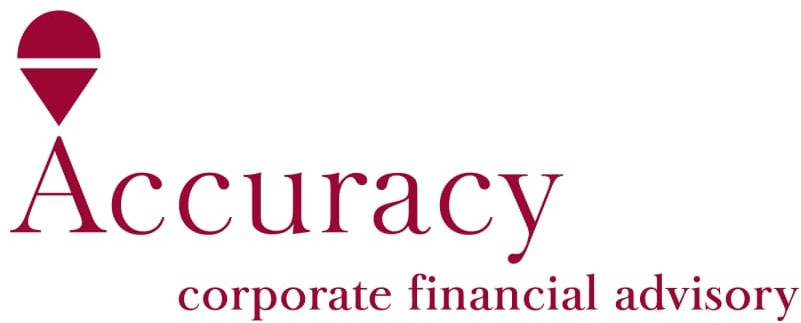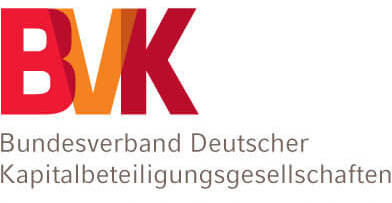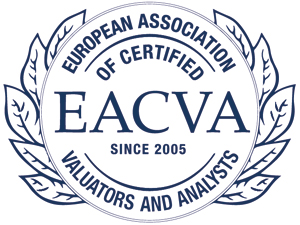NEWSLETTER of March 1, 2024
The following content has been added at finexpert:
Studies > Performance
Nuveen
2024 ALTERNATIVE CREDIT INSIGHTS: TAKING CENTER STAGE
Investors were reminded of the growing importance of alternative credit in portfolios during the interest rate run-up — and accompanying market volatility — that began in early 2022. Of note, Nuveen’s 2023 institutional investor survey showed that nearly 50% of investors were revisiting traditional and/ or opportunistic fixed income for yield and over 40% were planning to increase allocations to alternative credit. While equities and bonds staged a recovery in 2023, alternative credit continues to demonstrate its value as an important source of diversification and resilience in investor portfolios. >more
Studies > Performance
Citi
WEALTH OUTLOOK 2024
While it may not seem like it just now, our analysis suggests that the global economy is healing and poised for further recovery, full of potential opportunities to build profitable and resilient portfolios. This is a good time to be a global investor, maybe even a very good time. In 2023, we have seen moments when investors were absolutely sure that equities were headed lower (September) and when investors were absolutely sure that rates could only go higher.In both cases, investor sentiment proved wrong. Nevertheless, as of the week ending November 15, investor confidence as measured by the American Association of Individual Investors stood at 16% net bullish, hardly a ringing endorsement for the future. >more
Studies > Alternative Investments
Lazard
2023 SECONDARY MARKET REPORT
The secondary market ended on a strong note in 2023, delivering a third consecutive year of estimated volumes in excess of $100 billion and notching the market’s second highest annual tally in 2023. Across both the GP-led and LP-led markets, a continued lack of liquidity from traditional sources drove investors to seek more innovative methods of generating proceeds through the secondary market. The market experienced a relatively slow first half of 2023 and then a very strong second half as investors and sellers appeared to perceive opportunity and bid-ask spreads narrowed. >more
Studies > Macro
Deutsche Bank Research
EIN BALANCEAKT
Global growth expected at 2.9% in 2024, rising to 3.2% in 2025. We no longer expect a recession in the US & the EU. Inflation possibly peaked, yet upside risks persist due to ongoing price pressures. Geopolitical risks elevate supply chain vulnerabilities, particularly in the Red Sea, Middle East and Ukraine. Intensifying US-China competition adds to the challenges. In 2024, around half of the world's population will be heading to the polls including the US (Nov), India (Apr/May), and the EU (Jun). >more
Research Papers > Corporate Finance
FRESH AIR EASES WORK – THE EFFECT OF AIR QUALITY ON INDIVIDUAL INVESTOR ACTIVITY
Steffen Meyer, and Michaela Pagel
2023
This paper shows that air quality has a significantly negative effect on the likelihood of individual investors to sit down, log in, and trade in their brokerage accounts controlling for investor-, weather-, traffic-, and market-specific factors. In perspective, a one standard deviation increase in fine particulate matter leads to the same reduction in the probability of logging in and trading as a one standard deviation increase in sunshine. We document this effect for low levels of pollution that are commonly found throughout the developed world. As individual investor trading can be a proxy for everyday cognitively-demanding tasks such as office work, our findings suggest that the negative effects of pollution on white-collar work productivity are much more severe than previously thought. To our knowledge, this is the first study to demonstrate a negative impact of pollution on a measure of white-collar productivity at the individual level in a western country. >more
Research Papers > Corporate Finance
YIELD CURVE MOMENTUM
Markus Sihvonen
2023
I analyze time series momentum along the Treasury term structure. Yield curve momentum is primarily due to changes in the level factor of yields. Because yield changes are partly induced by changes in the federal funds rate, yield curve momentum is related to post-FOMC announcement drift. The momentum factor is unspanned by the information in the term structure today and is hence inconsistent with standard term structure, macrofinance and behavioral models. I argue that the results are consistent with a model with unpriced longer term dependencies, which can be explained by a specific form of bounded rationality. >more













